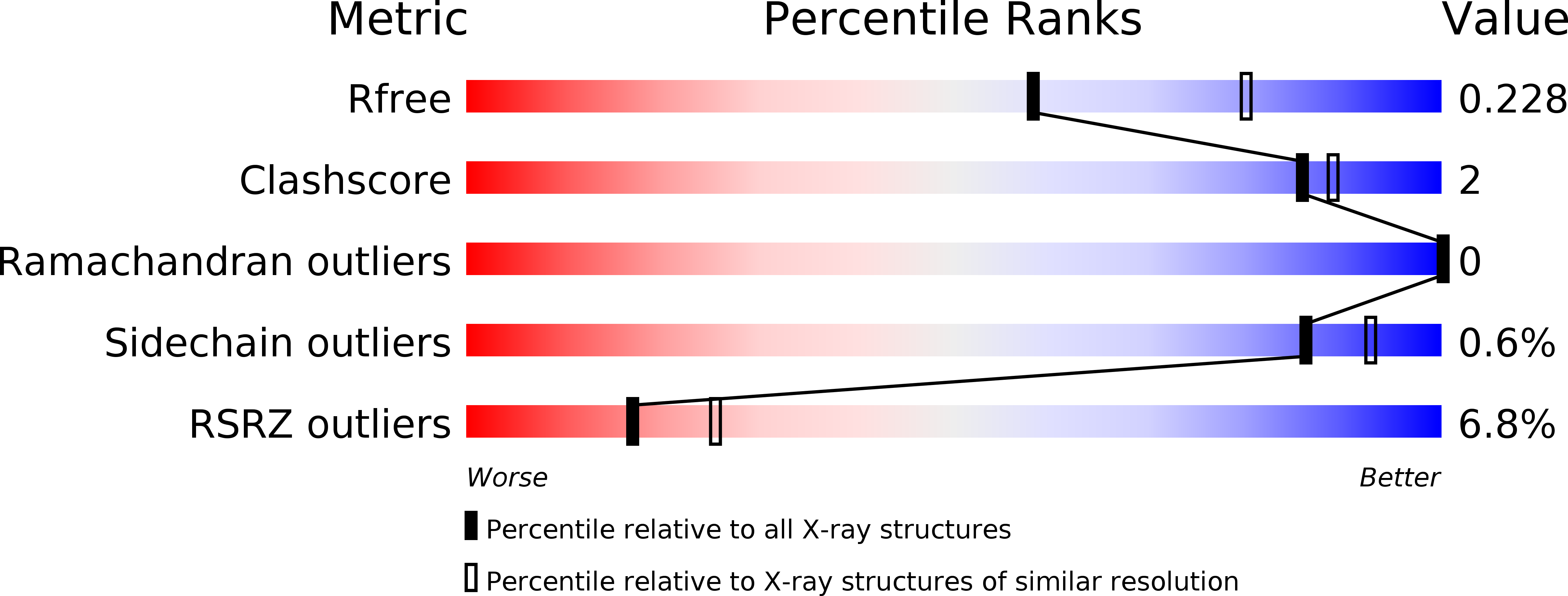
Deposition Date
2012-08-27
Release Date
2012-11-07
Last Version Date
2025-03-26
Method Details:
Experimental Method:
Resolution:
2.35 Å
R-Value Free:
0.22
R-Value Work:
0.18
R-Value Observed:
0.18
Space Group:
P 21 21 21


